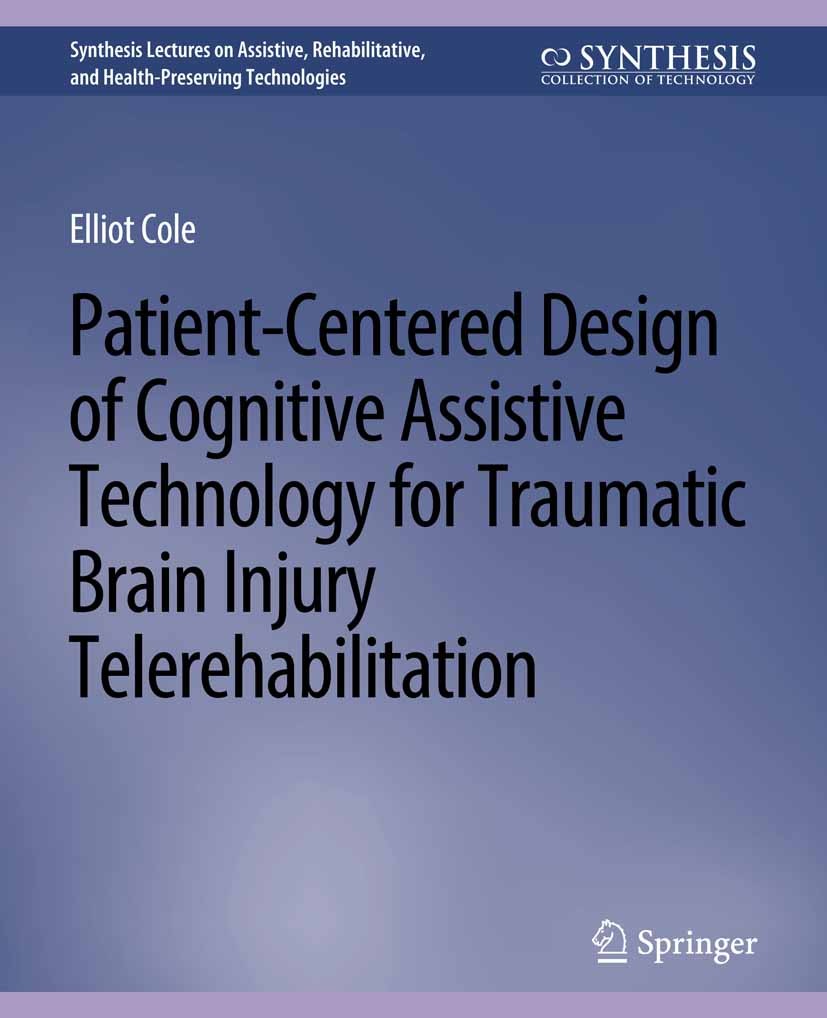| 书目名称 | Patient-Centered Design of Cognitive Assistive Technology for Traumatic Brain Injury Telerehabilitation |
| 编辑 | Elliot Cole |
| 视频video | http://file.papertrans.cn/743/742425/742425.mp4 |
| 丛书名称 | Synthesis Lectures on Technology and Health |
| 图书封面 |  |
| 描述 | Computer software has been productive in helping individuals with cognitive disabilities. Personalizing the user interface is an important strategy in designing software for these users, because of the barriers created by conventional user interfaces for the cognitively disabled. Cognitive assistive technology (CAT) has typically been used to provide help with everyday activities, outside of cognitive rehabilitation therapy. This book describes a quarter century of computing R&D at the Institute for Cognitive Prosthetics, focusing on the needs of individuals with cognitive disabilities from brain injury. Models and methods from Human Computer Interaction (HCI) have been particularly valuable, initially in illuminating those needs. Subsequently HCI methods have expanded CAT to be powerful rehabilitation therapy tools, restoring some damaged cognitive abilities which have resisted conventional therapy. Patient-Centered Design (PCD) emerged as a design methodology which incorporates both clinical and technical factors. PCD also takes advantage of the patient‘s ability to redesign and refine the user interface, and to achieve a very good fit between user and system. Cognitive Prostheti |
| 出版日期 | Book 2013 |
| 版次 | 1 |
| doi | https://doi.org/10.1007/978-3-031-01594-6 |
| isbn_softcover | 978-3-031-00466-7 |
| isbn_ebook | 978-3-031-01594-6Series ISSN 2771-7054 Series E-ISSN 2771-7070 |
| issn_series | 2771-7054 |
| copyright | Springer Nature Switzerland AG 2013 |
 |Archiver|手机版|小黑屋|
派博传思国际
( 京公网安备110108008328)
GMT+8, 2025-11-22 11:21
|Archiver|手机版|小黑屋|
派博传思国际
( 京公网安备110108008328)
GMT+8, 2025-11-22 11:21


